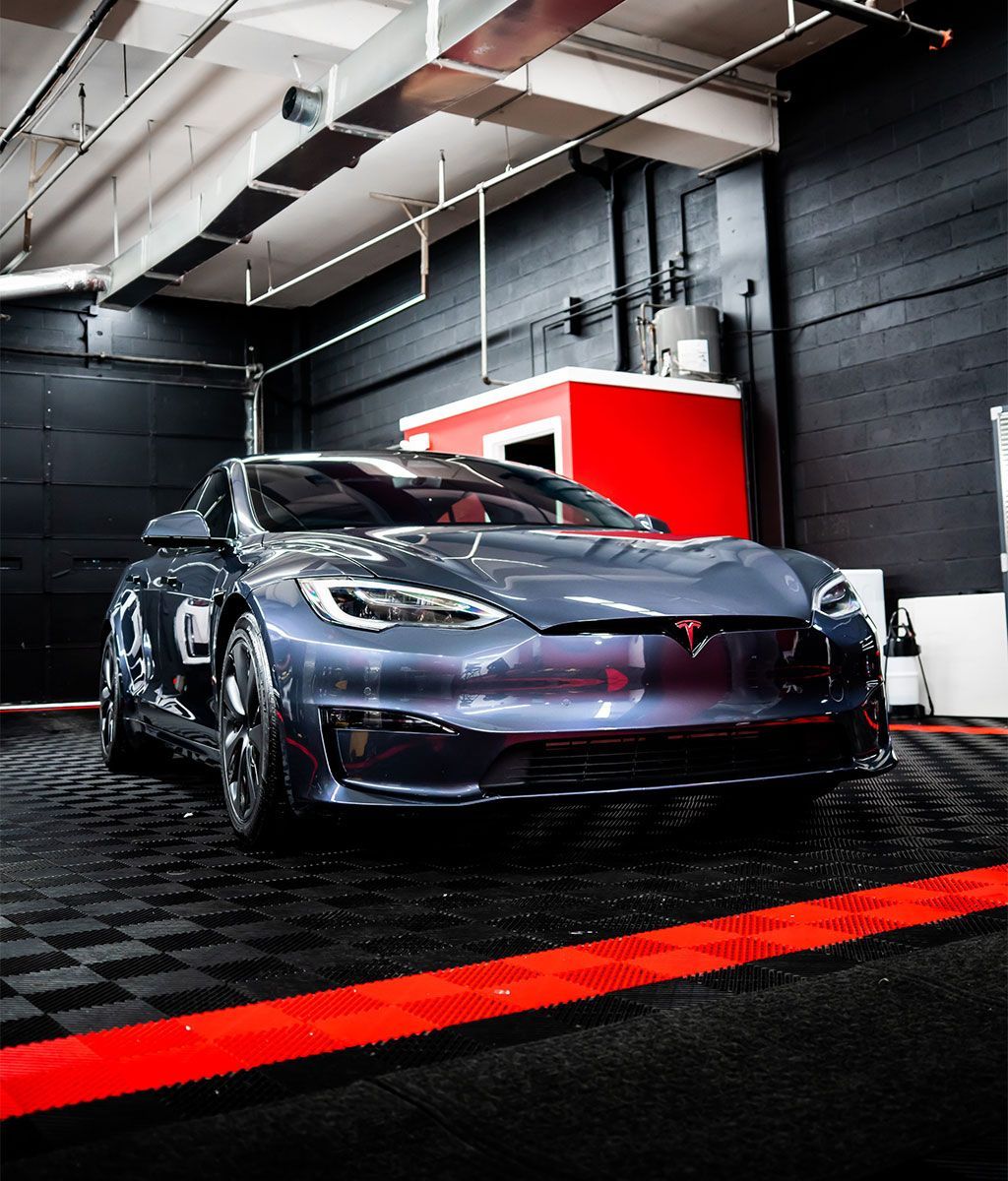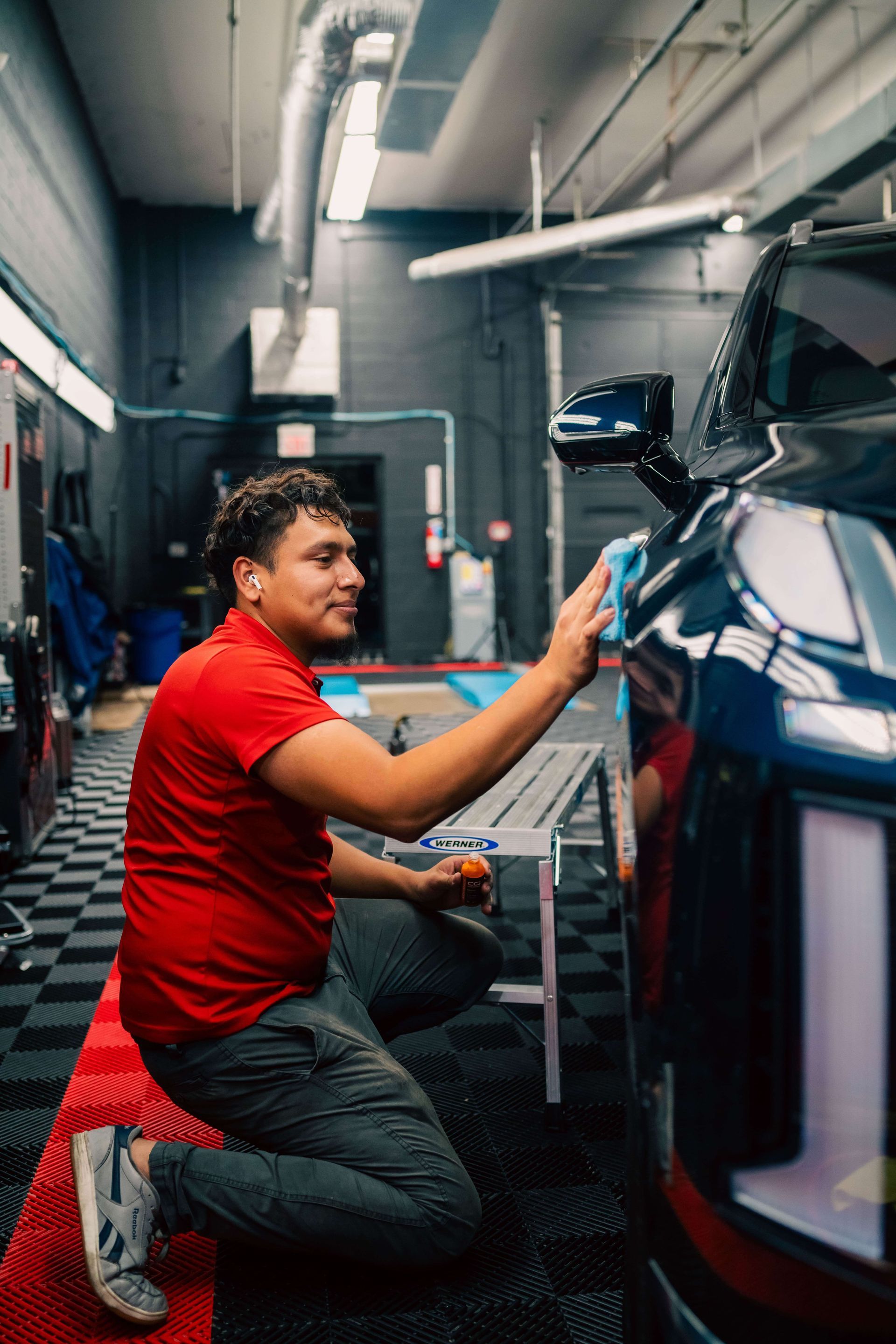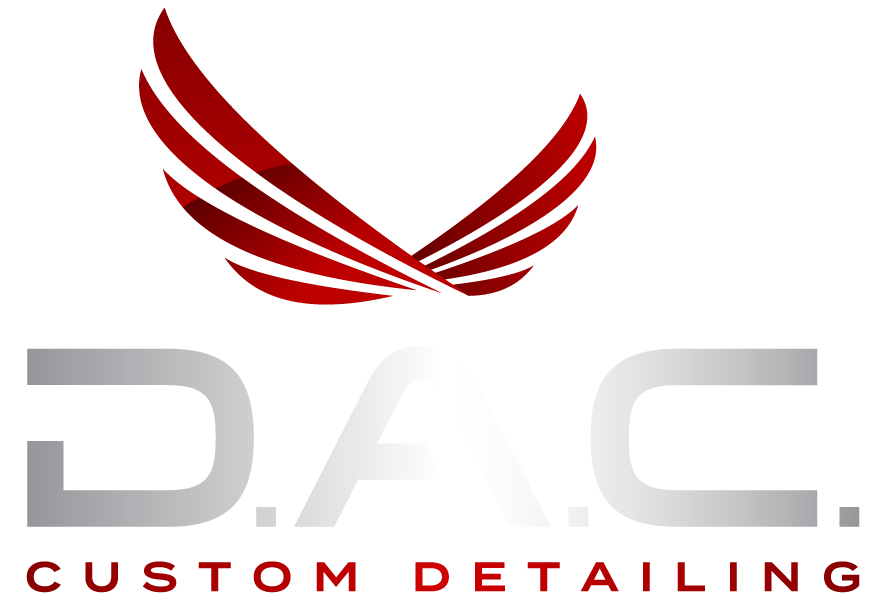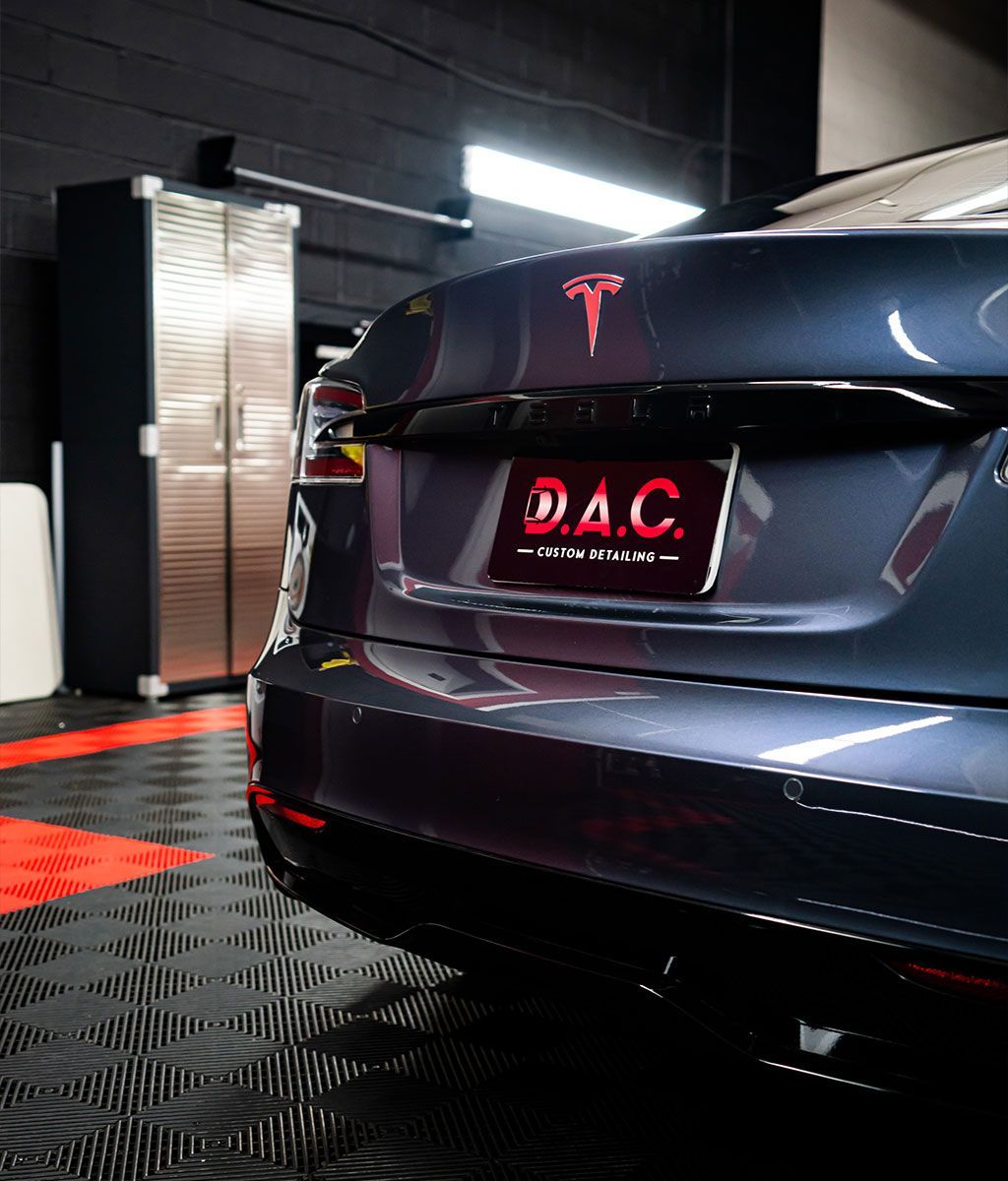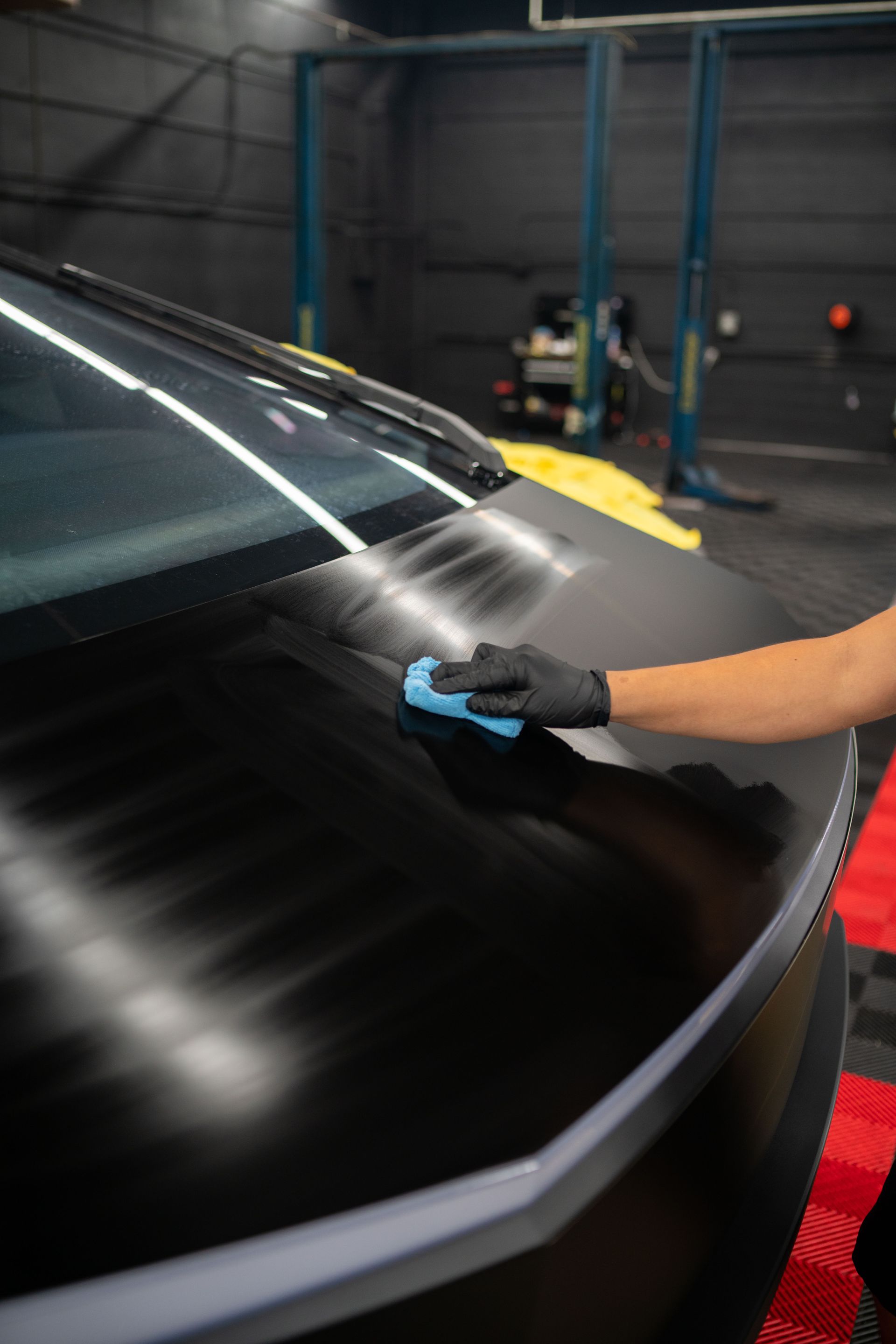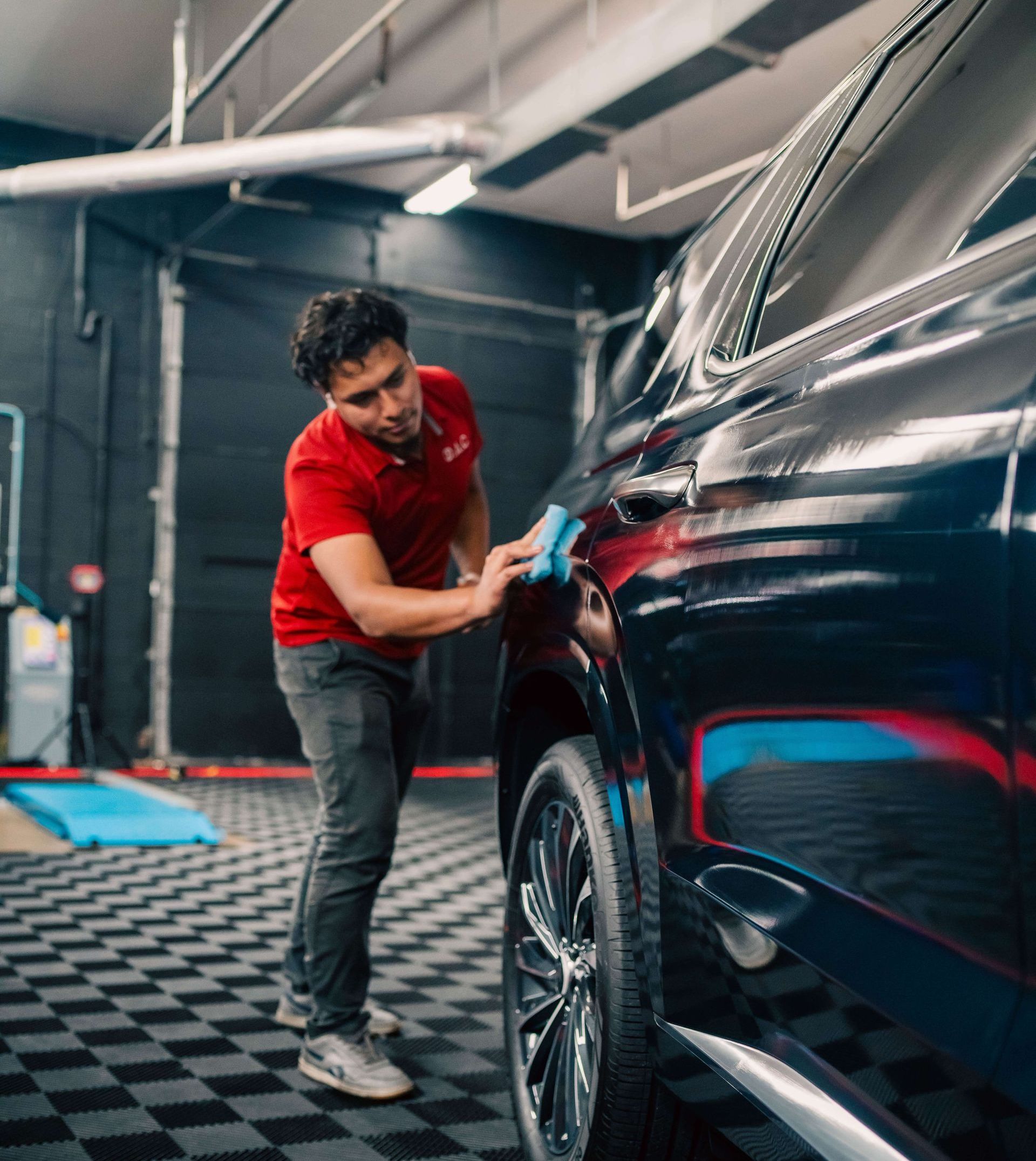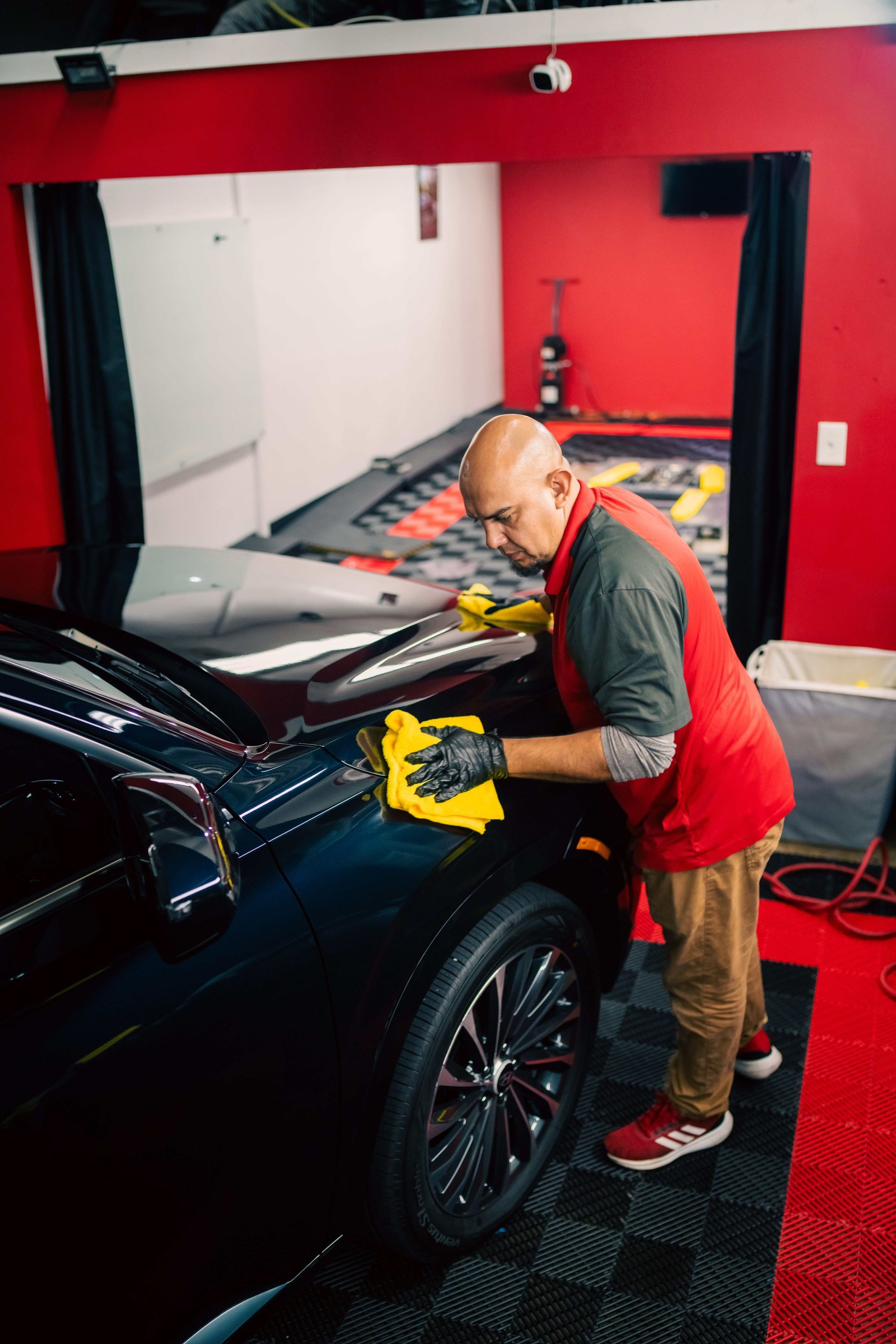REVIVE, PROTECT, MAINTAIN
Your car might be your pride and joy, but how do you keep it looking its best for years? One critical aspect is knowing when your paint protection film needs replacing. Just like any other component of a prized possession, over time, PPF faces wear and tear, making early recognition essential. Think about those small yet bothersome scratches or that sudden appearance of air bubbles after a rugged road journey. These subtle hints suggest it’s time to take action before larger issues arise. By investing effort into understanding these signs, you ensure your vehicle remains protected and pristine.
There are several indicators that your paint protection film may need replacement, including visible scratches, bubbles, discoloration, and cracks. Additionally, if the film has been in place for approximately six to ten years or shows signs of reduced UV protection and hydrophobic properties, it may be time for replacement. Regularly inspecting the film's surface for any irregularities and visible damage indicators is essential for maintaining its effectiveness.
Signs That Your PPF Needs Replacing
Scratches and scuffs on your paint protection film are the first signs that it may be losing its protective capabilities. Imagine your paint protection film as a shield for your car's paint, and when this shield is scratched, its effectiveness decreases. So, when you see visible scratches and scuff marks on your film, it's a clear indicator that it's time to consider a replacement. If air bubbles start appearing under the film, it's a sure sign that the adhesion of the film to your car's surface is compromised. These air bubbles not only affect the aesthetics of your car but can also weaken the overall protective function of the paint protection film. Discoloration in the film is another key indicator. Have you noticed any areas where the film has turned yellow or faded? This discoloration often means that the UV protective layer of the film is starting to deteriorate.
Cracks and tears, especially around edges, should be on your radar. When small cracks or tears begin to appear in the film, these openings can allow dirt and pollutants to reach the paint underneath, reducing the effectiveness of the protective film. These issues are crucial to look out for because they can significantly compromise the effectiveness of the film and expose the underlying paint to damage. Regularly checking for these indicators will ensure that you can address any issues early on, preventing potential damage to your car's paintwork. These subtle signs might seem insignificant at first, but catching them early can save you from dealing with more significant and expensive problems down the road.
Visual Clues of Film Damage
Visual clues serve as subtle hints indicating when your paint protection film requires attention. Here are some crucial visual indicators to look out for:
- Surface Scratches: At first glance, surface scratches on your paint protection film might appear inconsequential, especially if they're shallow. However, their consistent presence could signify diminishing durability. Research indicates that once the number of visible scratches or chips per square inch exceeds three or more, it might be a red flag signaling the need for replacement.
- Discoloration and Yellowing: The presence of discoloration, particularly yellowing, in your paint protection film is a clear sign of extensive UV exposure. UV rays from the sun can cause the film to lose its clarity and become discolored over time. This signals that the film is no longer efficiently blocking harmful rays.
- Bubbling and Peeling: Bubbles forming underneath the paint protection film or peeling patches are symptomatic of weak adhesive bonding. This can occur due to improper installation or prolonged environmental exposure. When bubbles or blistering with sizes of 1 inch or larger begin to appear, it's a strong indication of film failure and should be addressed promptly to prevent further damage to the underlying paint.
- Edge Lifting: Pay special attention to the edges of your paint protection film during inspection. If you notice any lifting or peeling along the edges of the film, it’s a sign that the adhesive bonding is failing. This lifting can expose the underlying paint to various contaminants, compromising its integrity and potentially leading to corrosion or damage.
These visual cues provide insightful glimpses into the condition of your paint protection film and serve as important indicators for determining when it's time for a replacement. Remember, being attentive to these visual clues and promptly addressing any issues can help extend the lifespan of your paint protection film and ensure that your vehicle's underlying paint remains well protected.
Inspection Techniques
When it comes to checking the integrity of your paint protection film, simply looking isn't sufficient. You should thoroughly examine it and ensure you're equipped with the right tools for the job. Beginning with a surface wash and a visual inspection under natural light, you can evaluate both the appearance and feel of the film to assess its condition.
- Surface Wash and Visual Inspection: Using a pH-neutral soap and a soft cloth to clean the film's surface before inspection is crucial. This will remove any dirt or grime that might conceal potential issues. Once the surface is clean, visually inspect the film in natural light to identify defects such as scratches, discoloration, or bubbles, which could indicate areas of compromise in the film's protective properties.
- Tactile Examination: While cleaning for surface inspection, take some time to run your fingers along the film. A smooth texture suggests an intact film, while rough spots or inconsistencies may indicate tears or lifting edges. By feeling for irregularities, you can identify areas where the film may no longer be providing sufficient protection to your vehicle's paint.
- Edge Adherence Test: Conduct a simple edge adhesion test by gently pressing along the film's edges. The film should lie flat without any lifting or separation. If you notice any peeling or lifting at the edges, it's a sign of weakened adhesion, which can put your underlying paint at risk.
- Professional Tools: For a more thorough evaluation, consider using professional tools like a depth gauge to measure the film's thickness and a UV lamp to detect areas of UV damage. A depth gauge enables precise measurements, helping you track any thinning of the film over time that might compromise its protective capacity. Additionally, a UV lamp can reveal signs of sun-induced damage that might not be visible to the naked eye alone.
Taking these steps will give you a comprehensive view of your paint protection film's condition and effectiveness. It's all about being thorough and making sure every aspect is carefully inspected for potential signs of wear and tear.
Evaluating Film Performance
Paint protection films act as invisible shields, safeguarding your car’s paint from harmful elements. However, over time, they can start to wear out and lose their protective qualities. Here are some practical ways to assess the performance of your paint protection film:
Checking UV Protection
Ultraviolet (UV) rays can be harsh on your car's paint, causing it to fade over time. Your paint protection film shields the paint from these damaging effects. To check for UV protection, look closely at the area of the car covered by the film and compare it to an uncovered section. If you notice a difference in color or fading between these areas, it may indicate that the film is losing its UV protection. An experienced professional can use specialized tools like UV lamps that can spot any signs of fading or yellowing caused by prolonged sun exposure.
Assessing Hydrophobic Properties
The effectiveness of hydrophobic properties prevents water from accumulating on your car, helping maintain its cleanliness. To assess this feature, perform a water beading test. During a car wash, observe how water behaves on the film's surface. If the water no longer beads up and rolls off easily, this could signal a compromise in the film's hydrophobic properties. Instead of forming beads, it might spread out across the film, indicating a reduction in its protective capabilities. Remember that diminished hydrophobic properties could lead to water spots and streaks, which could mar the appearance of your vehicle.
Verifying Adhesion Strength
The strength of adhesion is essential for ensuring that your paint protection film remains securely in place on your vehicle. A strong bond is crucial for long-term protection. To verify adhesion strength, carefully examine the film’s edges and surfaces. If you notice any lifting or air pockets, this could indicate a loss of adhesion strength. The film should sit firmly and smoothly against the vehicle without any visible signs of peeling or bubbles.
By keeping an eye on these three critical performance measures—UV protection, hydrophobic properties, and adhesion strength—you can proactively maintain the integrity and protective capacity of your paint protection film.
Maintenance Tips for Longevity
Taking care of your paint protection film is just as crucial as the initial installation. Regular maintenance is the key to preserving its protective qualities and extending its lifespan. Here are some practical tips that will help you maintain your paint protection film and keep it effective:
- Regular Cleaning: Regular cleaning is essential to prevent dirt and grime buildup, which can degrade the film over time. Using a pH-balanced soap and gentle washing tools will effectively remove dirt and environmental contaminants without harming the film. Be sure to rinse thoroughly and dry gently to avoid leaving water spots on the film, which can affect its appearance.
- Avoid Harsh Chemicals: Be mindful of the products you use, ensuring they are specifically formulated for cleaning paint protection film to avoid using harsh chemicals and abrasive tools that could compromise the integrity of the paint protection film.
- Annual Inspections: Conducting a thorough annual inspection of your paint protection film is crucial for identifying early signs of wear and damage. This proactive approach allows you to address any issues promptly, potentially extending the life of the paint protection film.
- Protective Top Coating: Consider applying a protective top coat designed for paint protection film to reinforce its hydrophobic and UV-blocking properties. This additional layer enhances the overall durability of the film, providing an extra shield against environmental factors that could diminish its effectiveness over time.
These maintenance tips are simple yet effective measures for preserving the integrity and protective capabilities of your paint protection film. By incorporating these practices into your regular upkeep routine, you can ensure that your PPF maintains optimal performance and appearance for an extended period. Maintaining your paint protection film is not just a task; it's an investment in safeguarding your vehicle's paint and aesthetics. With these meticulous care practices, you can enjoy prolonged protection for your car's exterior.
Best Paint Protection Film Services in Temple Hills, M.D.
Protect your investment with the best paint protection film services from D.A.C. Custom Detailing in Temple Hills, M.D. Our high-quality films shield your vehicle from scratches, chips, and UV damage, ensuring it maintains its stunning appearance for years to come. Don't let everyday wear and tear compromise your car’s finish; take action today to safeguard your ride. Reach out to us now to learn more and schedule your installation! Call us at (703) 298-1864 to get started!
Share with friends

